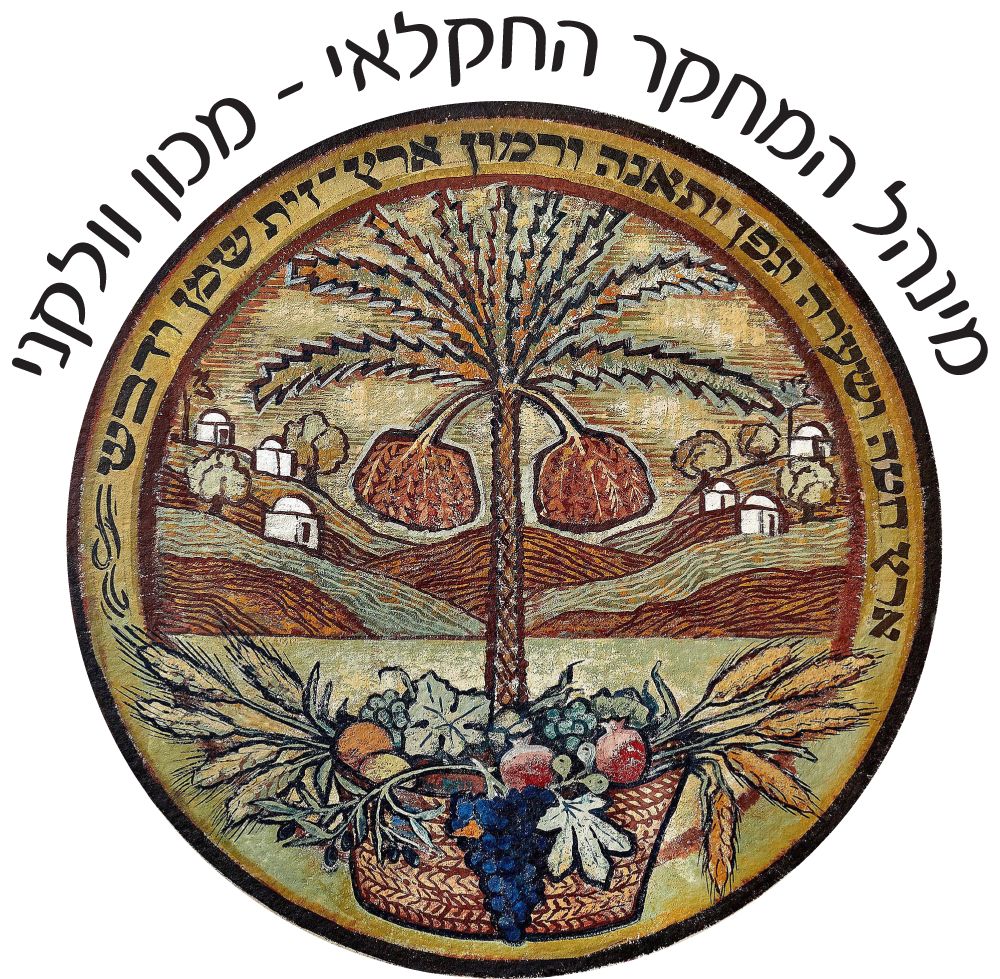Hanan Eizenberg Ph.D.
Research Scientist
- Newe Ya’ar Research Center
- Researchers at the Neve Yaar Research Center
- Newe Yaar Research Center, Ramat Yishay, Israel
- +972-49539535
Biography
1997-2001 Ph.D. in Weed Science at the Institute of Plant Sciences and Genetics, The Hebrew University of Jerusalem, Rehovot, Israel.
2001-2003 Post-Doctoral position in weed science at the Weed Science Laboratory, Department of Crop and Soil Science, Oregon State University, Corvallis Oregon, U.S.A., with Prof. Carol Mallory Smith.
Service in other Academic and Research Institutions:
2003- to date Research Scientist, Department of Plant Pathology and Weed Research, Newe Ya‘ar Research Center, Agricultural Research Organization, Israel. Promoted to Rank A+ in 2016 (similar to full prof.).
2006 – to date Lecturer at the Robert H. Smith Faculty of Agriculture, Food and Environment, graduate courses, “71171 – Parasitic weeds in the agriculture: agronomical and environmental aspects”.
2006 – 2018 Lecturer at the Robert H. Smith Faculty of Agriculture, Food and Environment, graduate course, “Models and simulation in agricultural systems”, # 71912.
2010-2011 Sabbatical leave at the Department of Resource Management & Geography, University of Melbourne, Victoria, Australia, with Prof. Roger Cousens.
2018- Head of Newe Ya’ar Research Center, Agricultural Research Organization, Israel.
2018– Head of the model farm project at the Newe Ya’ar Research Center
Membership in professional societies and Scientific Committees
Member of the Weed Science Society of Israel (WSSI)), Weed Science Society of America (WSSA), International Weed Science Society (IWSS), International Parasitic Plant Society (IPPS), Crop Science Society of America (CSSA), European Weed Research Society (EWRS), head of the European Weed Research Society (EWRS), Working Group of Site Specific Weed Management (SSWM 2014-2022).
Supervision of Master’s, doctoral degree students, and postdoctoral
2003-2024 I have supervised 38 Master’s, and doctoral degree students and postdocs.
LIST OF PUBLICATIONS (SELECTED)
For full list of publication please visit:
https://scholar.google.com.au/citations?user=xTepUwEAAAAJ&hl=en
Eizenberg, H., Shtienberg, D. Silberbush, M. and Ephrath, J. E. (2005). New method for monitoring early stages of Orobanche cumana development in sunflower (Helianthus annuus) with minirhizotron. Annals of Botany 96: 1137-1140.
Eizenberg, H., Hershenhorn, J., Ephrath, J. E. and Kanampiu, F. (2013). Chemical management. In: Root Parasitic Orobanchaceae: Parasitic Mechanisms and Control Strategies. Eds: Joel, D. and Gressel J. Springer, New York. 415-432.
Lati, R., Filin, S. and Eizenberg, H. (2011). Temperature- and radiation-based models for predicting spatial growth of purple nutsedge (Cyperus rotundus). Weed Science 59:476-482.
Eizenberg, H., Aly, R. Cohen, Y. (2012). Technologies for smart chemical control of broomrape (Orobanche spp. and Phelipanche spp.). Weeds Science 60: 316-323.
Eizenberg, H., Hershenhorn, J., Achdari, G., Ephrath, J. (2012). A thermal time model for predicting parasitism of Orobanche cumana in sunflower: five years of field validation. Field Crops Research 137: 49-55.
Lati R. N., Filin, S. and Eizenberg, H. (2013). Plant growth parameter estimation from sparse 3D reconstruction based on salient features. Precision Agriculture 14: 586-605.
Cohen, Y., Roi, I., Blank, L., and Eizenberg, H. (2017). Spatial distribution of the root parasitic weed Phelipanche aegyptiaca in processing tomatoes using ecoinformatics and spatial analysis. Frontiers in Plant Science. 8: 973.
Eizenberg, H., Plakhine, D., Ziadnza, H., Tsechansky, J., and Graber, E. R. (2017). Non-chemical control of root parasitic weeds with biochar. Frontiers in Plant Science. 8: 909.
Vurro, M., Perez-De-Luque, A. and Eizenberg, H. (2018). Parasitic weeds. In: Weed Research: Expanding Horizons. Eds: Hatcher, P. and Williams B. F. John Wiley & Sons, Ltd 313-353.
Neve, P. … Eizenberg, H., et al. (2018). Research priorities in weed ecology, evolution and management: A horizon scan. Weed Research 58: 250-258.
Eizenberg, H. and Goldwasser Y. (2018). Feature Article: Control of Egyptian broomrape in processing tomato: a summary of 20 years of research and successful implementation. Plant Disease 102: 1477-1488.
Paporicsh, A., Laor, Y., Rubin, B., Achdari, G., and Eizenberg, H. (2018). Application timing and degradation rate of sulfosulfuron in soil co-affect control efficacy of Phelipanche aegyptiaca in Tomato. Weed Science 66: 780-788.
Xu, X ., … Eizenberg, H., et al., (2019). Modeling microbial communities from atrazine contaminated soils promotes the development of biostimulation solutions. The ISME Journal 13: 494-508.
Lati, R., Filin, S., Elnashef, B., Eizenberg, H. (2019). 3-D image-driven morphological crop analysis: A novel method for detection of sunflower broomrape initial subsoil parasitism. Sensors 19: 1569.
Paporisch, A., Laor, Y., Rubin, B., Eizenberg, H. (2021). Simulating sulfosulfuron fate in soil under different weather scenarios to support weed management decisions. Pest Management Science 77: 253-263.
Lati, R. N. … , Eizenberg, Hc. et al., (2021). Site‐specific weed management constraints and opportunities for the weed research community: Insights from a workshop. Weed Research 61: 147-153.
Hubner, S., Sisou, D., Mandel, T., Todesco, M., Matzrafi, M., Eizenberg H. (2022). Wild sunflower goes viral: Citizen science and comparative genomics allow tracking the origin and establishment of invasive sunflower in the Levant. Molecular Ecology 31, 2061-2072.
Gafni, R., Asher Ziv, G., Eizenberg, H., Blank, L. (2023). A regional-scale study of the contribution of local, management and climate factors to the infestation of processing tomato fields with Amaranthus species. European Journal of Agronomy.
Gafni, R., Blank, L., Eizenberg, H. (2024) Variability in germination fractions of Amaranthus albus in response to weed management and abiotic maternal conditions. European Journal of Agronomy 152, p.
Research Interests
Parasitic weeds biology and management
Resistance
Modelling approach
Decision support system
Tempo-spatial distribution

